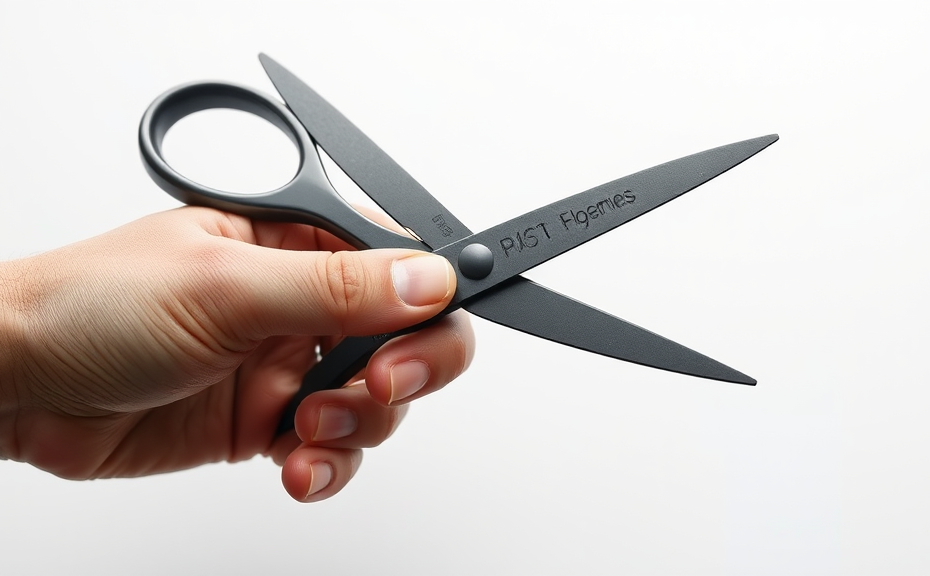Understanding the ergonomics of scissors is essential for anyone who utilizes this everyday tool, whether in the home, office, or school. Ergonomics refers to designing tools and environments that accommodate human physical abilities and limitations. When applied to scissors, proper ergonomics can significantly enhance comfort and efficiency, minimizing the risk of strain or injury.
Several key factors contribute to the ergonomic design of scissors:
- Handle Shape: Ergonomically designed handles mold to the contours of the hand, allowing for better grip and reducing fatigue during extended use.
- Grip Material: Soft, non-slip materials provide comfort and prevent hand slipping, ensuring a firm hold even in wet conditions.
- Blade Alignment: Properly aligned blades ensure that cutting actions are efficient, minimizing resistance and the need for excessive force.
- Size Consideration: Scissors should be available in various sizes to accommodate different hand sizes, enhancing user comfort and control.
The benefits of using ergonomically designed scissors are numerous. Users experience less hand fatigue, reduced risk of repetitive strain injuries, and improved cutting precision. Furthermore, selecting the right scissors for specific tasks—such as crafting, kitchen work, or office duties—also plays a crucial role in optimizing performance and comfort.
Ultimately, investing in scissors that prioritize ergonomic design can lead to a more enjoyable experience and increased productivity. Whether for children learning to cut or professionals engaged in detailed work, the ergonomics of scissors is a significant aspect that should never be overlooked.
